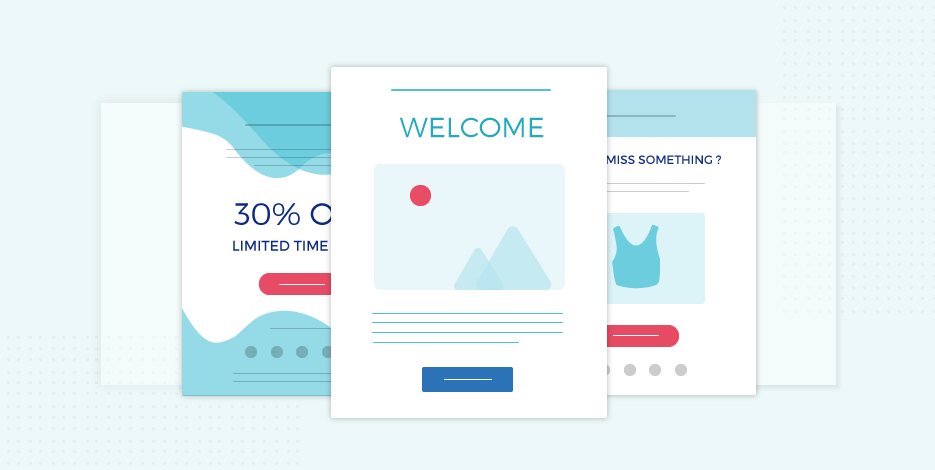
The Complete B2B Email Marketing Guide For 2025 [+Examples]
Not sure how to approach B2B email marketing? Today is the day you’ll finally find out!
First of all, business-to-business email marketing has a different focus from a business-to-customer email strategy.
Instead of targeting an individual customer, B2B aims at converting a business. If you want to win it over, though, your messages need to be more professional and valuable to get potential customers to purchase from you.
With the right strategies, you’ll manage to nurture your leads and increase your revenue effortlessly!
Without further ado, let’s unravel the secrets of email marketing for B2B, from choosing an advanced email service provider (ESP) to creating an effective onboarding sequence and so on.
But first…
Struggling with poor conversion rates?
Transform your emails and turn leads into engaged customers.
Switch to MoosendWhat is B2B Email Marketing?
Business-to-business (B2B) email marketing involves using email campaigns to promote products, services, or content from one business to another.
These campaigns are designed to build professional relationships, generate leads, and drive sales within the business community.
B2B email marketing focuses on delivering valuable and relevant information to help businesses solve problems, improve operations, or enhance their own products and services.
B2B vs. B2C Email Marketing
B2B and B2C email marketing are two distinct approaches, each with different types of audiences and goals.
Here’s a quick comparison to learn how to distinguish between the two:
B2B email marketing
- Targets businesses and professionals
- Focuses on building relationships, generating leads, and providing valuable information
- Emphasizes long-term partnerships and decision-making processes
- Content is often more detailed and technical, addressing specific business needs and pain points
Popular B2B businesses include Salesforce, Slack, and IBM.
B2C email marketing
- Targets individual consumers
- Aims to drive immediate purchases and boost brand awareness
- Focuses on creating emotional connections and quick engagement
- Content is typically more promotional and visually appealing, designed to capture attention and interest quickly
Popular B2C businesses include Sephora, Nike, and Netflix.
Why Do You Need A B2B Email Strategy?
First of all, B2B has a long sales cycle that involves numerous people in the decision-making process. Approaching and converting these decision-makers will require targeted messaging that highlights the immediate benefit of investing in you.
Value is an important factor that will influence a customer’s decision. So before you plan your marketing strategy, think about how you’ll communicate it to your audience!
And don’t forget! Email return-on-investment (ROI) is currently at 4900%, so neglecting to build a strategy for your B2B customers is like discovering a goldmine and walking away!
With these in mind, let’s see the best tactics you need to convert your audience.
B2B Email Marketing Best Practices
From choosing the right tools to crafting the perfect email subject line, here are the best strategies a B2B marketer needs to use:
1. Choose the Right Email Marketing Service
With great tools comes great email marketing!
You’ll find a plethora of email marketing services like Moosend and Mailchimp out there. But, getting a tool just because it’s popular or fancy isn’t the right way to set your B2B strategy in motion.
Instead, go for a platform that will provide you with all the digital marketing tools you’ll need. To give you an idea, here’s what a great email service should have:
- Easy-to-use email newsletter builder
- Advanced reporting and analytics
- High email deliverability
- Built-in audience management tools
- Integrations and API
For instance, Moosend is a versatile tool that B2B email marketers can use to create emails and expand their mailing lists. More specifically, the robust email builder will help you create newsletters from scratch or use one for the pre-made email templates to save time.
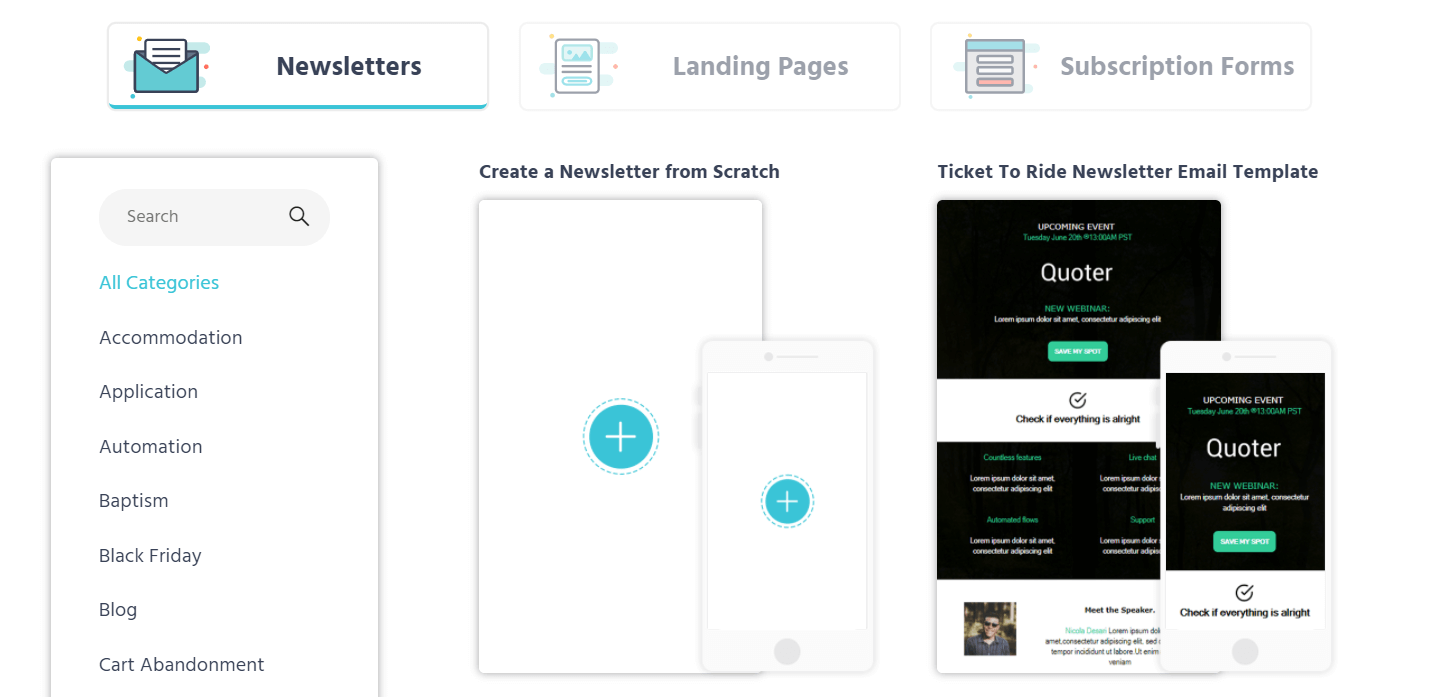
On top of that, Moosend has an array of lead gen features to capture your audience with opt-in forms and nurture it with effective onboarding sequences.
Overall, choosing a solid email platform is the best ally for B2B companies that need to step up their marketing game. So choose wisely to get a service that will give you advanced functionality without breaking the bank.
Want to create effective B2B emails to boost engagement and power up your conversions?
2. Build your Email List
List building is the first thing you need to nail email marketing for B2B. Acquiring new subscribers will allow you to capture profitable leads and move them a step further down your marketing and sales funnels.
To create your list, you need an opt-in form that will highligh∂t the benefit of joining your newsletter. B2B marketers usually employ the power of lead magnets, an irresistible offer in exchange for a visitor’s email address, to increase their signup rate.
Your B2B lead magnet can be an e-book, whitepaper, presentation, checklist, or any other valuable piece of content that your potential customer might find useful.
Here’s a simple example by Officevibe:
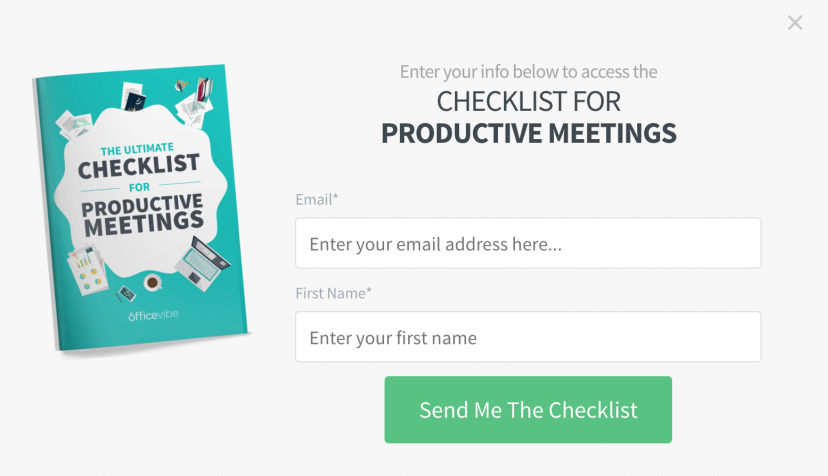
Apart from your forms, you can also create landing pages to boost your B2B lead generation with compelling offers. A great header, a value proposition, and an actionable CTA are all you need to collect your subscribers’ info and turn them into customers.
But wait! What can I do with all this data? Well…
3. Segment your New Contacts
Segmentation is one of the most important tactics you need to adopt to improve the effectiveness of your marketing and sales messages.
Collecting and using your email subscribers’ personal info will not only give you a competitive edge but let you understand your customers a lot better.
Compared to B2C customer segmentation, where you can group your audience based on demographics and psychographics, B2B email marketing requires more business-oriented segmentation methods:
- Firmographics: industry, company size, number of customers/subscribers
- Decision-makers: managers, executives, etc.
- Business needs: pain points, goals, revenue targets
- Potential: readiness to buy, profitability
Also, before you divide your audience, don’t forget to take a look at the most important segment characteristics:
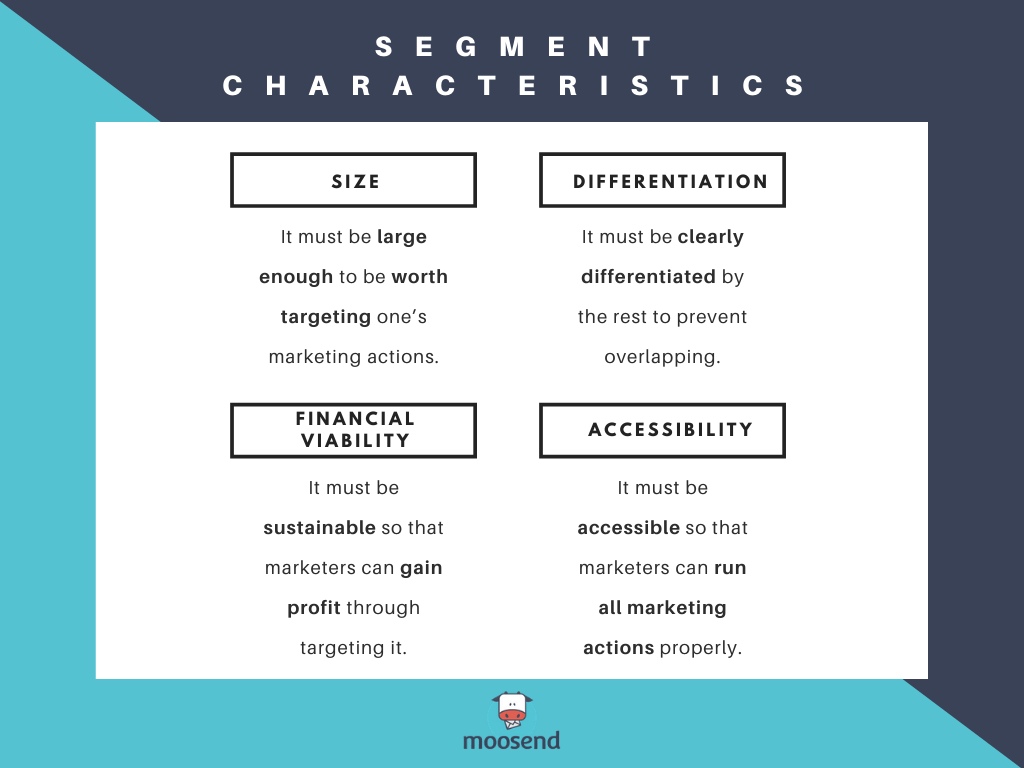
Email list segmentation is a powerful weapon to increase the relevancy of your email messages. So before you start targeting new users, don’t forget to segment them to make your conversion process easier.
4. Come up with Valuable Subject Lines
Your subject lines are the first thing your recipient will see when they open their inbox. For B2C, emotion plays a major role in getting your message across.
For B2B, though, your subject lines need to be tailored to each recipient’s needs, using specific language that will motivate them to open your email and click through.
Let’s see some examples:
- Money-saving hacks for Facebook ads (Shane Liuw)
- Amplify your brand’s message on YouTube (GrowthHackers)
- Content Engagement: The Stats You Need To Know (BuzzSumo)
- Content Marketing in 2021: 5 Key Trends to Shape Your Strategy (Wistia)
As you can see, all of the above subject lines have some common characteristics.
Firstly, they all highlight the immediate benefit the subscriber will get. The use of the second person is also used to give the recipient a sense of “this is just for you.”
According to Sales Cycle, little things like adding a subscriber’s name can increase your email open rates and conversions. So keep the following statistics in mind when you create yours:
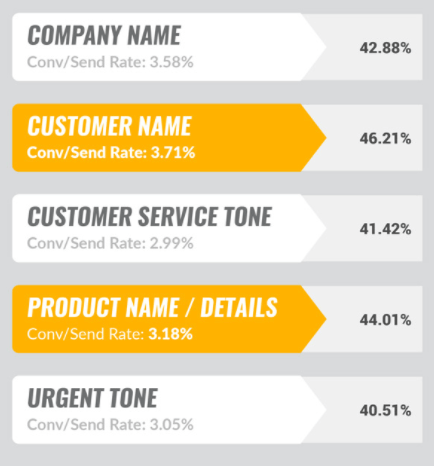
Leverage B2C Subject Line Practices
Sometimes B2B companies will steal some great B2C practices to create more intriguing subject lines:
- Make the most of 🍋 (MarketingProfs)
- Cupid approves this webinar 📅 💘 (Moosend)
- [Webinar Invite] Join us for the March Webinar Madness🥳 (FreshSales)
Using emojis is a common B2C tactic to grab your recipient’s attention. While adding them isn’t a widespread thing for B2B marketers, employing their power will help you draw attention to your events.
Pro tip: If you are having trouble with your subject lines, make sure to use a subject line tester like Refine to check their performance before they hit your subscribers’ inbox!
5. Create the Perfect Welcome Email
Every good customer/business relationship starts with a great first impression.
As you know, B2C uses first-time purchase discounts in their welcome emails to get potential shoppers to buy. For B2B email marketing, this process is a little different.
The first thing you need to get it right is to craft a welcome email template, highlighting what your subscriber can achieve with your products/services.
Of course, you can leverage discounts to help your free trial users make up their minds and get a paid subscription. However, educating them first and converting them later will give you higher customer retention rates!
Now, let’s analyze a great welcome email by Moosend:
Subject line: You’re officially a part of the Moosend family!
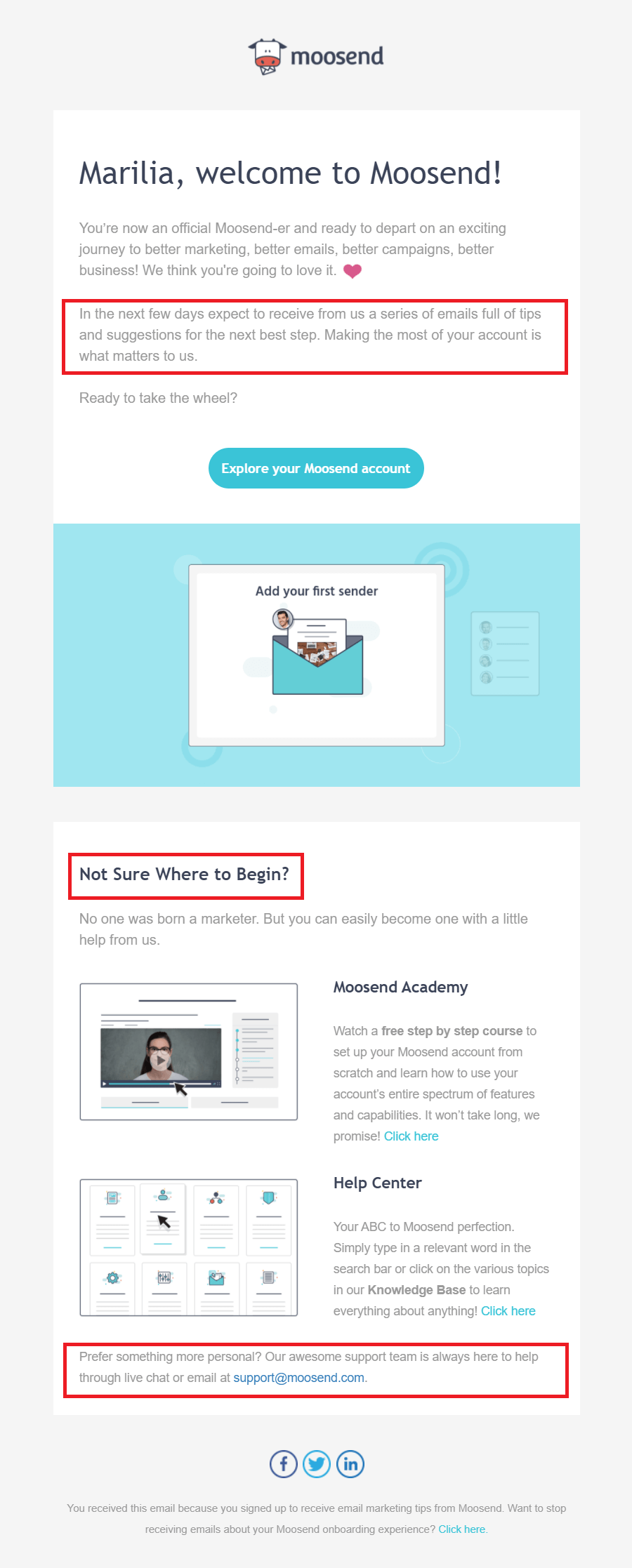
The company’s email content is short and concise, focusing on:
- Informing the recipient about the upcoming follow-up messages.
- Helping new users get familiar with the software through the Academy and Knowledge Base.
- Providing more contact options for subscribers who want more personalized information.
After making a great first impression, it’s time to start nurturing your new subscribers! How? Let’s see!
6. Set up an Onboarding Sequence
Setting up an effective onboarding process is the best method to nurture your leads and get lifetime customers.
Below, you can see an example from Moosend’s onboarding series, sent after its welcome email.
With this sequence, the company aims at helping new users set up their accounts and learn how to send their first email newsletter:
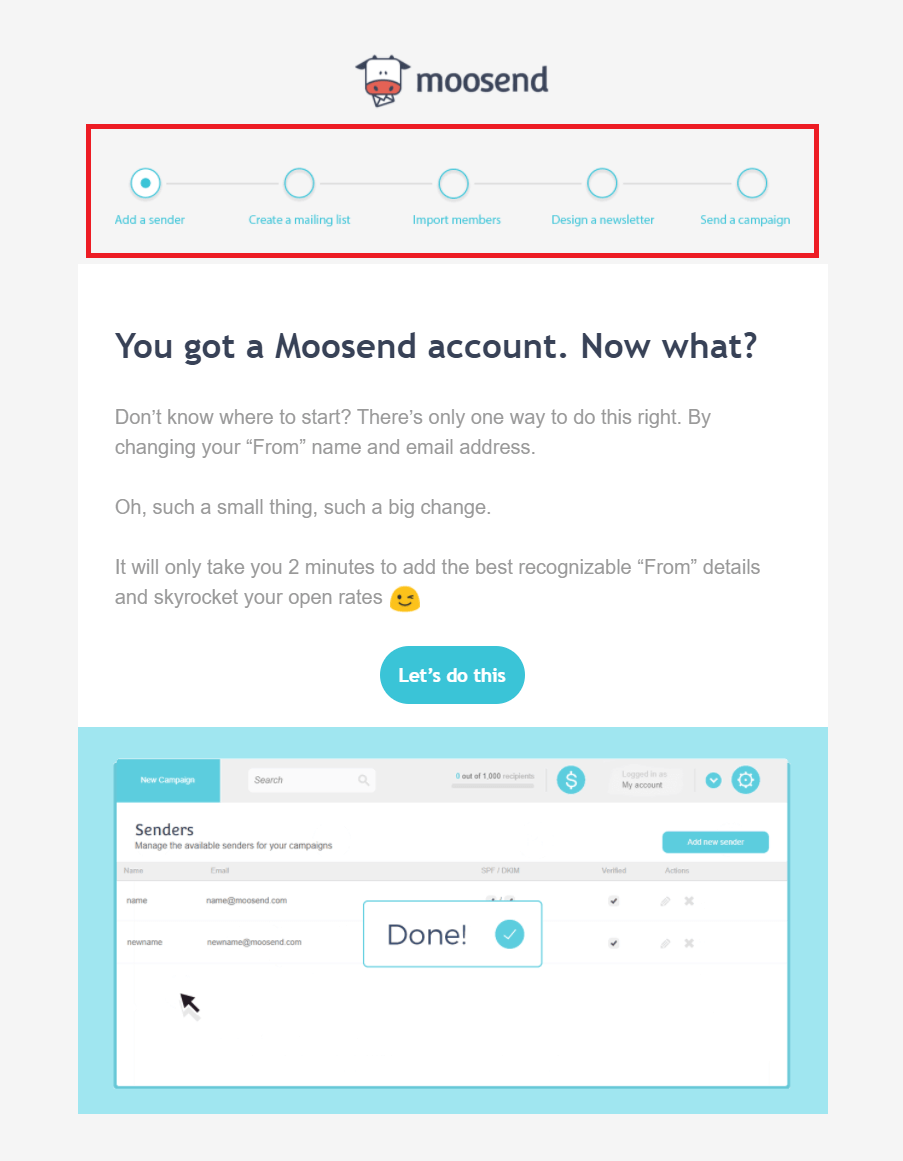
Apart from educating your potential customers with case studies, blog posts, whitepapers, etc., make sure to incorporate the following B2B email campaigns into your onboarding series for better results:
- Testimonial emails: Show new trial users what other companies have to say about you.
- Re-engagement campaigns: Encourage subscribers to use your product/service or remind them of an ongoing offer.
- Upgrade messages: Motivate users to get a premium version of your product/service.
Pro tip: Apart from sending your emails at the right time, don’t forget to optimize their frequency to avoid overwhelming your audience. No one wants to receive multiple emails on a single day!
7. Personalize your Email Content
You must’ve heard it a thousand times already, but personalization is an essential email marketing practice to deliver more relevant content!
Starting with your data, you need to make individual profiles for your potential clients. The easier way to do it is to create customer personas that will help you understand your audience’s needs and expectations.
If you aren’t convinced about the power of personalization, let’s take a look at some stats! According to a case study, using customer data, automated emails, and conditional content can increase your open rates and revenue by 111% and 171%, respectively.
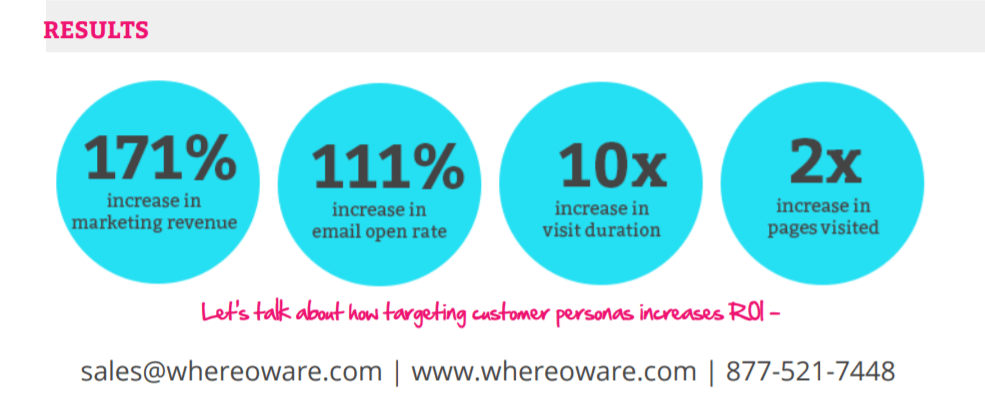
Personalized content is essential for B2B email marketing. So put aside the email blast practice of the past and create messages that will motivate your audience to act!
Interested in personalization? Sign up for Moosend’s email marketing platform and start sending more relevant content that’ll capture your audience!
Leverage Plain-Text Emails
Apart from adding your subscriber’s name in the subject line or displaying dynamic content, create a plain-text email to increase that “personalized messaging” feel.
I’m sure you’ve all received these emails from companies. Didn’t they make you feel like an actual person sent them to you?
Well, yes. But, in truth, most of these messages are automated! Here’s an example from Statista:
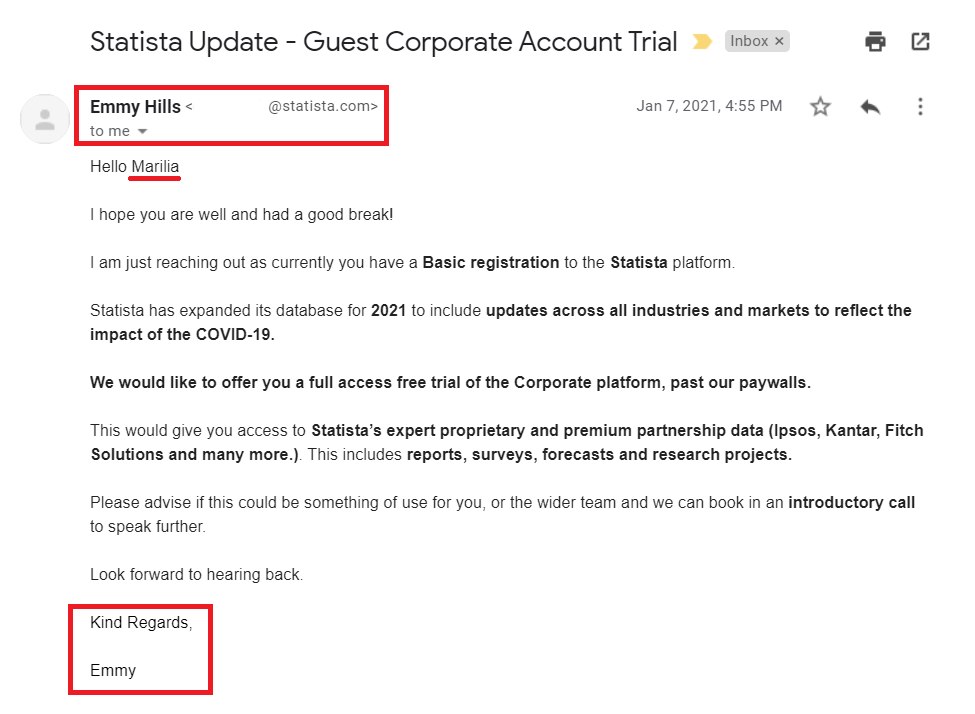
So why does this message work?
First of all, the company delivered it from a personal account instead of a no-reply address, using the recipient’s name to make the email friendlier.
Overall, plain-text emails are great for B2B buyers, who will appreciate the favorable tone and reply to you a little easier.
However, if you pay close attention to this email, you’ll notice that something’s missing… That’s right! Where’s the call-to-action?
8. Add Focused Calls-To-Action (CTAs)
In the above example, we saw a cleverly structured plain-text message that highlighted the benefit of trying Statista’s premium service.
While the subscriber’s action is clear (book an introductory call), there’s no call-to-action button to click on. In this case, a “schedule a call” link could work well.
If you want your B2B campaigns to work, you need short and focused buttons that are easy to spot. Here’s an example from Buffer:
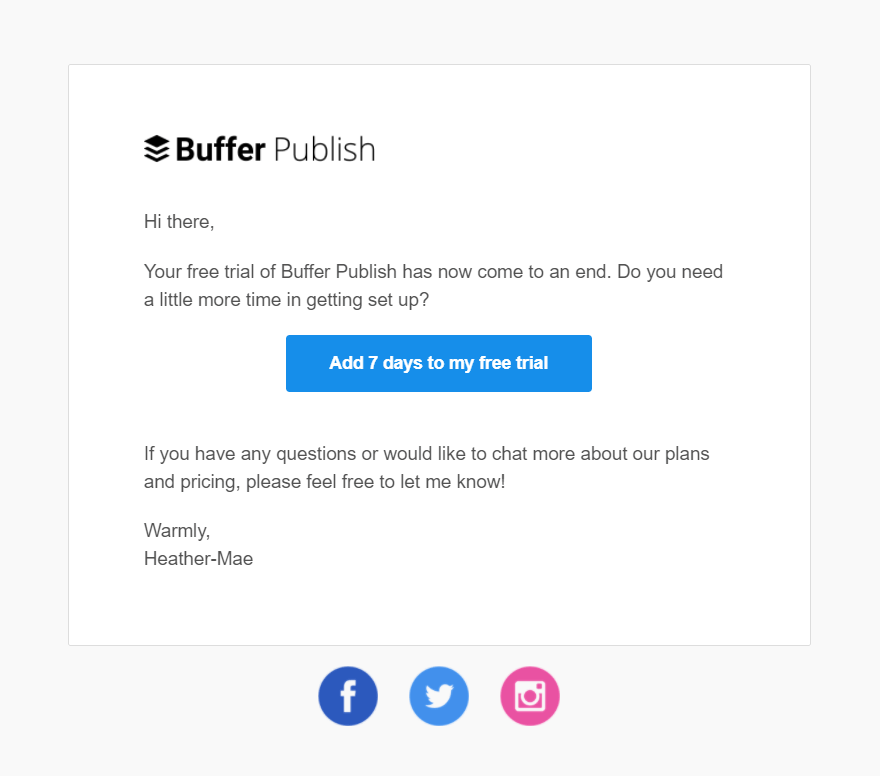
As you can see, Buffer’s CTA follows the recipe to success: actionable copy and bright colors.
Moreover, keep in mind that B2B CTAs are very different from B2C buttons since they are usually logic-driven and focus on providing value than appealing to emotion.
So, if you want to nail your B2B calls-to-action, keep your CTA straightforward and urgent, avoiding words like “submit” or “click here.”
9. Use Clear and Concise Copy
Whether you want to share some cool marketing tips or promote a new product, your email copy should immediately communicate the value the reader will receive.
Writing to sell might have worked in the past. However, right now, B2B customers won’t respond positively to messages telling them to “buy something now” because they’ll miss out on it.
Instead, focus on copy that will build meaningful connections with your leads and encourage them to engage with your emails more frequently.
Moreover, remember that this isn’t just about you! So, when you write your email copy, make it all about your subscribers!
Here’s a simple example from Zapier:
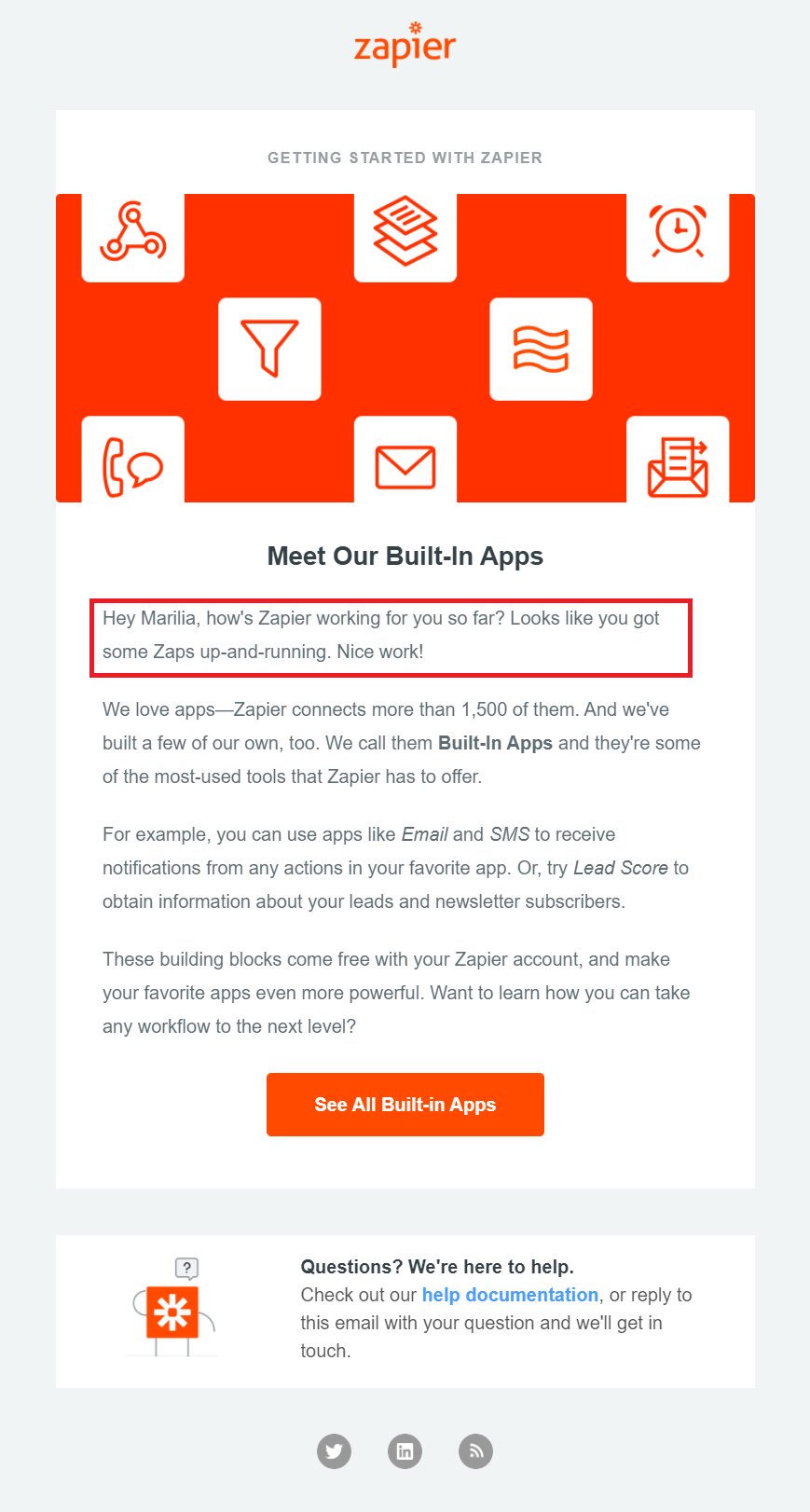
The company not only personalizes the content but provides solutions to potential customer pain points. Also, the no-additional commitment at the end is perfect for getting the recipient to try Zapier’s new built-in apps.
In a nutshell, create email copy that will help your audience realize your company’s true value, avoid overselling, be concise, and turn your B2B campaigns into problem-solvers, not burdens.
10. Test and Measure your Campaign Performance
Just because one message worked for one B2B customer doesn’t mean that it’s going to work for another!
Testing your email elements is not optional. From your email copy to your subject lines and CTAs, don’t hesitate to figure out which variation converts better.
To make the process easier, use all of the available A/B Testing tools your email marketing software gives you. The more features you have at your disposal, the better your optimization efforts will be.
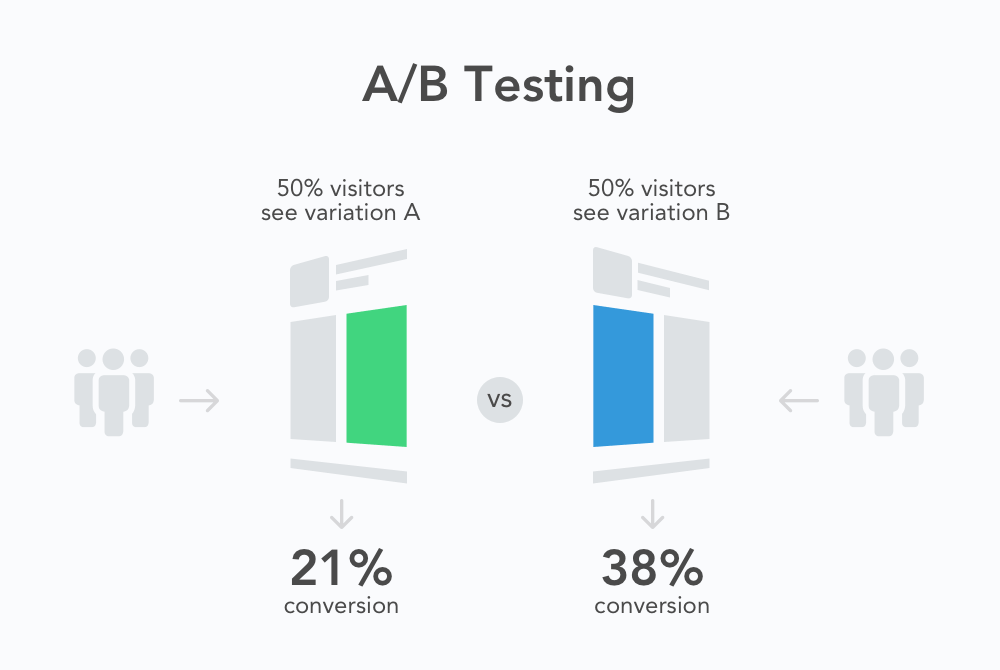
For instance, Moosend has an A/B testing option that lets you run tests on your subject lines and email content without any limitations. After completing your tests, don’t forget to monitor your performance by tracking important email marketing metrics:
- Email open rate
- Conversions
- Bounce rate
- Subscribe/Unsubscribe rate
Remember that every piece of data will improve your B2B email strategy and help you identify potential gaps in your plan.
Need advanced tools to be on top of your game? Moosend’s sophisticated reporting and analytics will help you monitor your campaign performance like a pro.
8 B2B Email Marketing Examples To Steal Today
Now that we discovered the best email marketing practices for your B2B strategy, let’s take a look at some amazing examples to give you a head start.
And don’t worry, they are super easy to design even if you don’t have any prior experience!
1. Salesforce’s Confirmation Email
Subject line: Welcome to Salesforce: Verify your account

Single opt-ins are convenient. However, if you want to have high email deliverability and keep your sender score intact, you need to verify your subscribers’ accounts like Salesforce.
Double opt-ins will help you monitor who enters your email list and prevent spam addresses from joining you.
What works:
- Short and straightforward copy
- Additional information to promote usage
- Simple visuals
- Clear CTA
2. Visme’s Welcome Campaign
Subject line: Welcome to Visme – Important Account Information & Resources

Welcome emails are perfect for making a great first impression and introducing yourself! Keep your copy friendly and help new users learn the ropes. Like Visme, educate your new subscribers and show them how to get the most out of your product/software.
And don’t forget! A great welcome email will also give your audience a great onboarding experience!
What works:
- Personalized email greeting
- Helpful copy
- Links to various resources (webinars, knowledge base, videos)
- Provides additional contact options (customer support, CEO’s Twitter account)
- Includes founder signature to make it more personal
Need a quick email template to power up your B2B email marketing efforts? Sign up for a free Moosend account, hop into the editor and create your first welcome email today!
3. Litmus’s Re-Engagement Email Example
Subject line: Marilia, it’s not you… is it us?
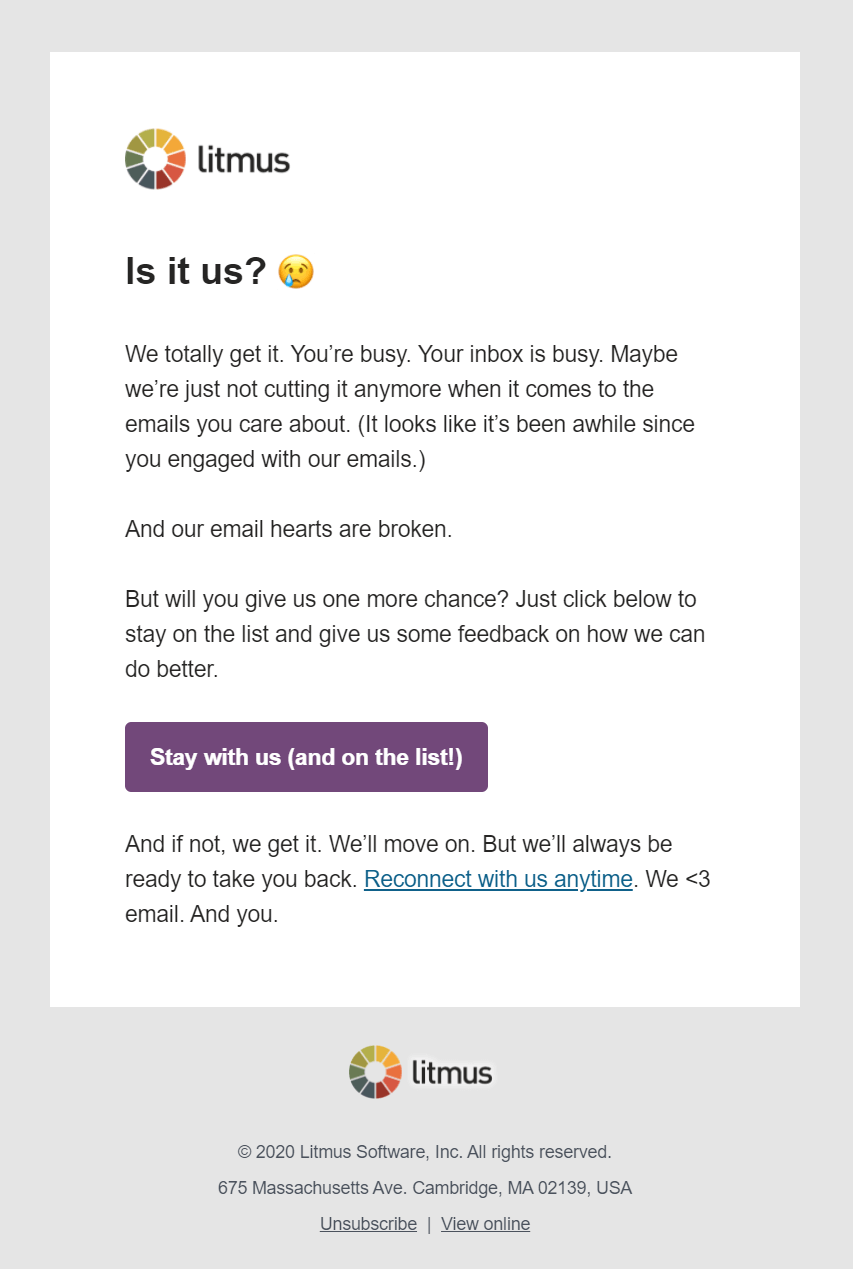
Disengagement can happen at any time and for various reasons. To avoid losing qualified leads, you need to set up a re-engagement email sequence.
Litmus uses the above campaign to reconnect with subscribers who haven’t engaged with the company’s emails for a while. Not only that, but Litmus incentivizes those recipients to provide feedback. This will help the company understand the reasons behind their disengagement and use the data to improve its email marketing efforts.
What works:
- Use of emotional language
- Personalized subject line
- Recipients can offer valuable feedback
- Focused CTA button
4. CoSchedule’s Survey Email Example
Subject line: Your feedback + CoSchedule = 🚀
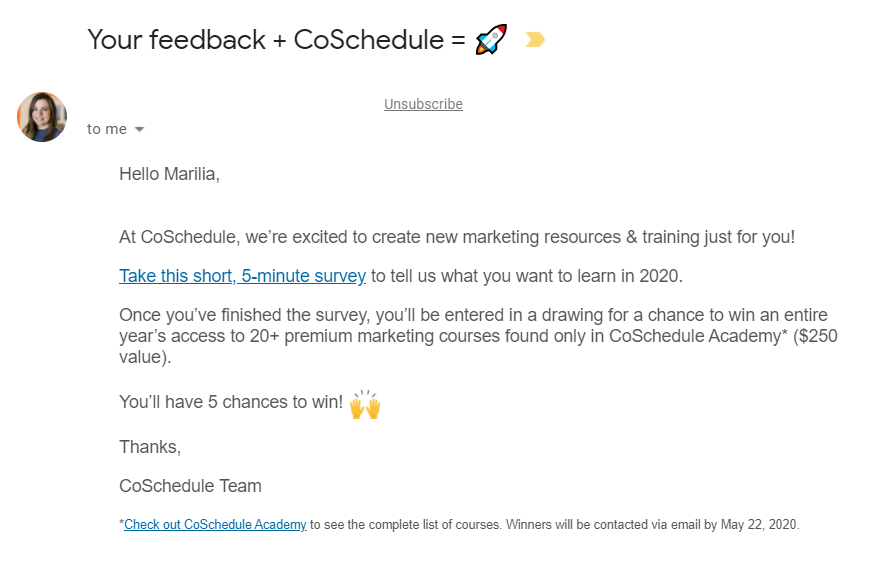
Speaking of feedback, you shouldn’t only ask customers to share their opinion when things “go wrong.” Collecting information about your customers’ overall experience with your company is crucial for improving your operations.
That’s exactly what CoSchedule does in the above email!
What works:
- Clever subject line with emoji
- Straightforward copy
- Friendly greeting
- Focused call-to-action
- Chance to win an amazing reward
5. Moosend’s Testimonial-Infused Email
Subject line: The reviews are in!
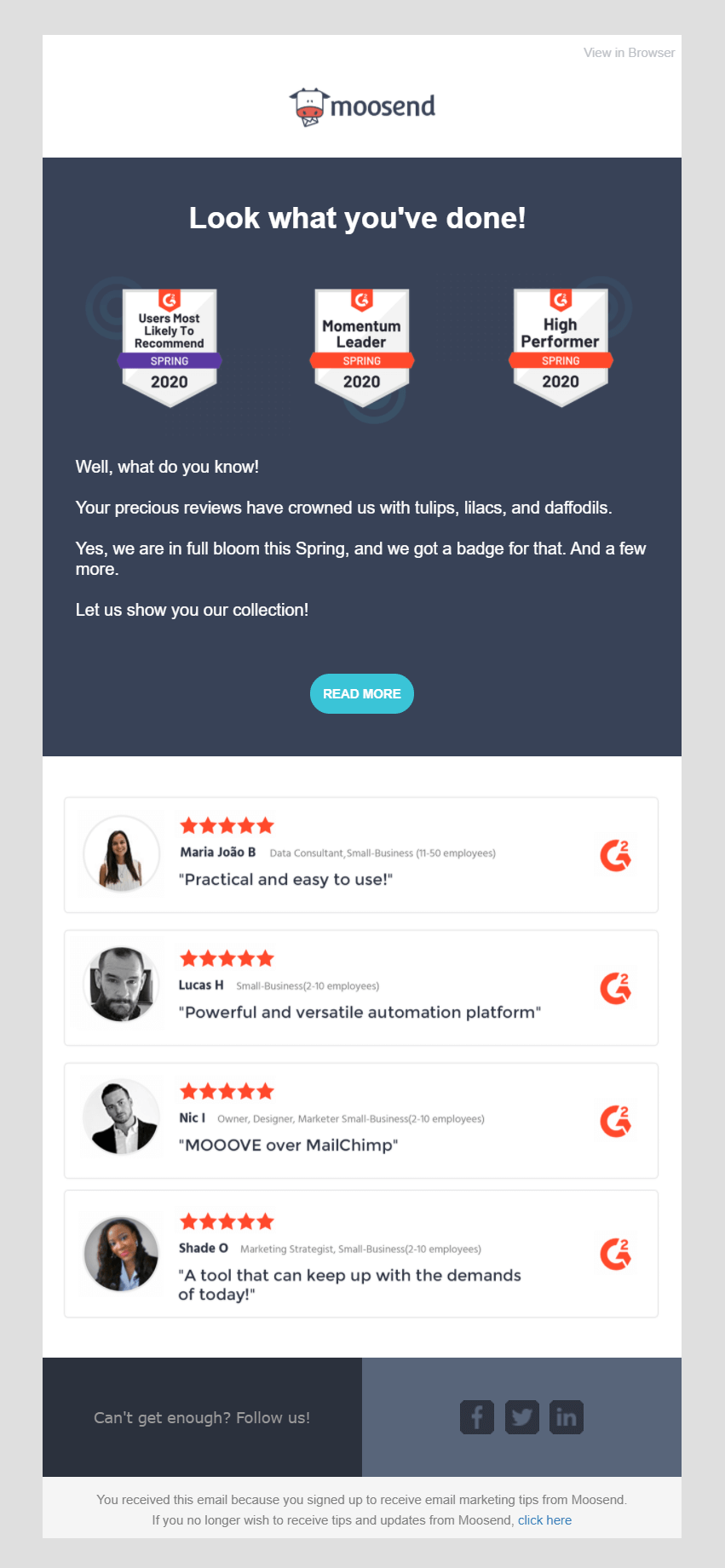
Social proof is a must to increase your company’s credibility. So, if you’ve managed to get positive reviews from trusted businesses, show them to your potential customers!
The same applies to awards received from well-known organizations and review sites like G2 or Capterra. Here, Moosend uses its positive feedback and distinctions to show its target audience that it’s a credible company with a great product.
What works:
- Emphasis on what the customers have achieved
- Displays badges/awards from a trustworthy organization (G2)
- Uses individual customer testimonials to increase trust
- CTA leads to a blog post with numerous incentives
- Social media buttons (Facebook, LinkedIn, etc.) to increase engagement
Turn your positive feedback into converting B2B email marketing campaigns and boost your sales and credibility!
6. Zapier’s Upsell Campaign
Subject line: Miss our premium features? Get them back.

Upselling is an old sales tactic that companies use to get B2C and B2B customers to purchase upgraded versions of their products or add-ons.
For SaaS businesses, this technique is widely used to turn free (trial) users into paid customers. Zapier’s campaign might look simple. However, its true conversion power lies in showing potential customers what they can achieve with $20 a month!
What works:
- The subject line uses a direct question to grab attention
- The copy highlights the immediate benefit
- Brightly-colored CTA with focused copy
- Link to support for potential questions
7. Strikingly’s Announcement Email Example
Subject line: [STRIKINGLY] Pop-ups are finally here! 🎉 🎉 🎉
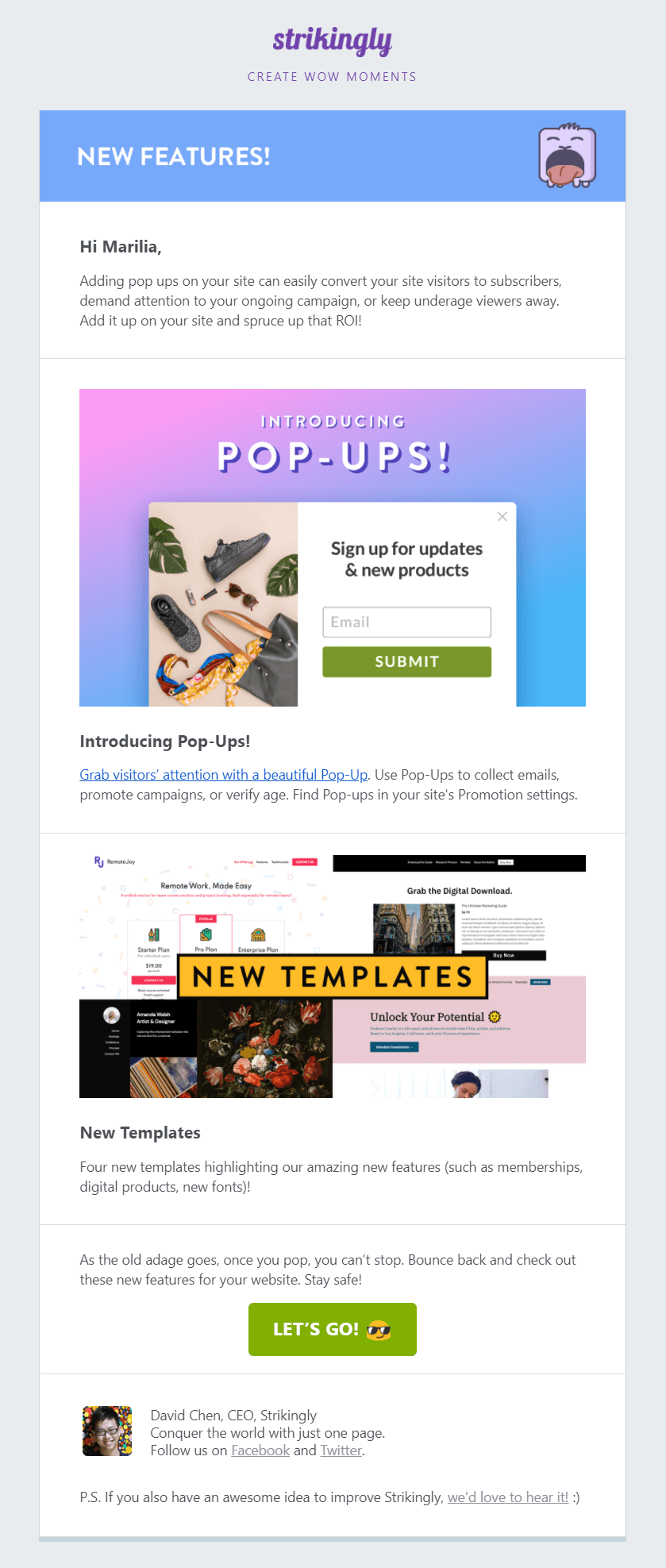
B2B customers love getting tools that scale their businesses. So, like Strikingly, make sure to create announcement emails to share the big news!
Furthermore, giving sneak peeks of upcoming tools or offering trials is a great B2B email marketing practice to keep your audience engaged.
What works:
- Exciting subject line with emojis
- Personalized greeting
- Copy highlights the benefits of the new feature
- Use of specific words to build hype (convert site visitors, spruce up that ROI)
- CTA leading to the new feature article
8. Zendesk’s Webinar Email Marketing Example
Subject line: Utilise messaging, don’t just use it
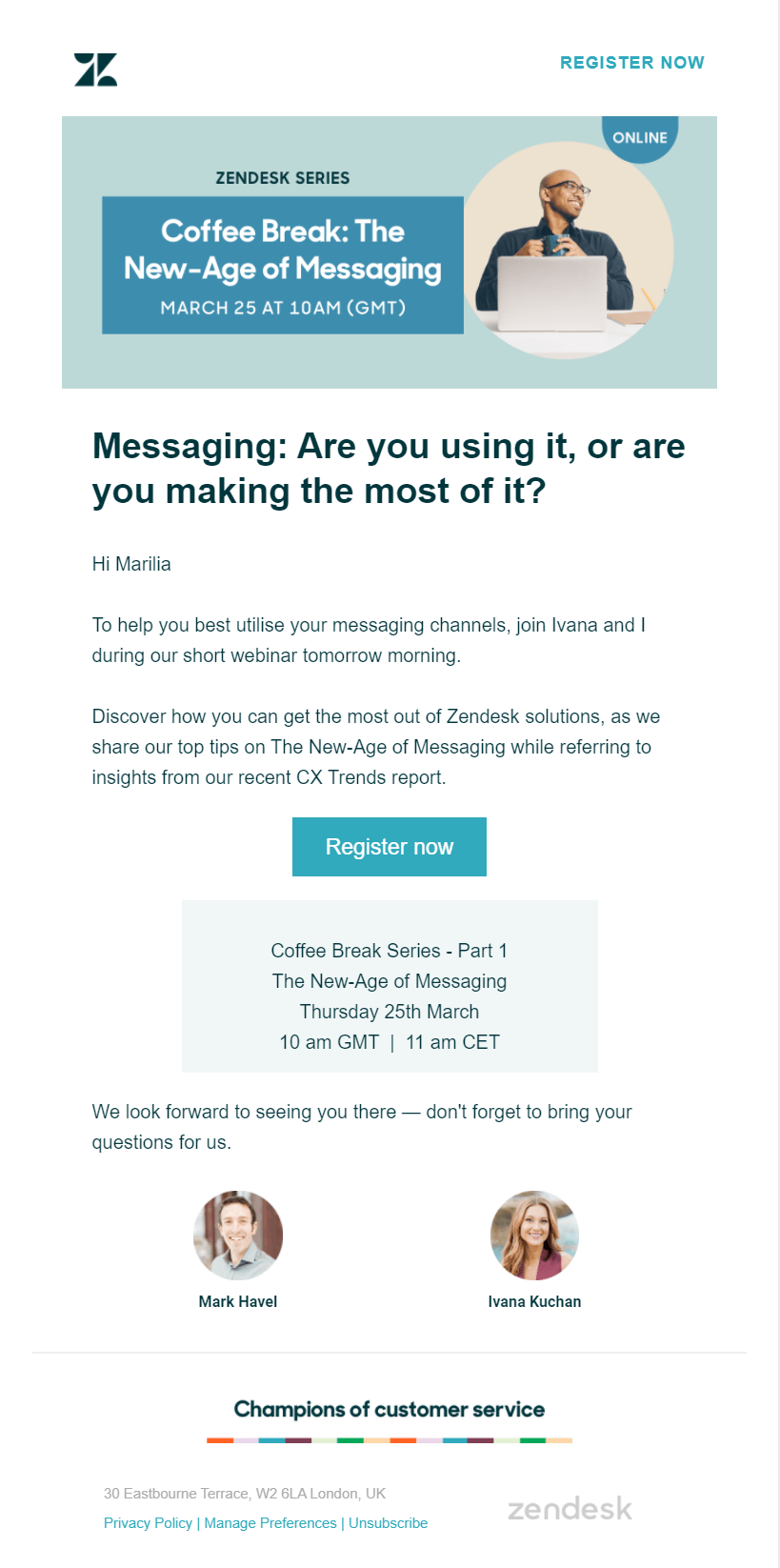
Webinars and email marketing are a match made in heaven! Zendesk’s email is perfect for informing subscribers about its upcoming event and letting them register.
As I mentioned before, educating your B2B audience with high-quality resources is crucial to make them stay. So creating webinars and promoting them through email is a winning practice to keep your audience engaged!
What works:
- High-quality visuals summarizing the event
- Multiple conversion points
- Short presentation of the webinar content
- CTA button that stands out
- Images of the webinar hosts
Set Your B2B Email Marketing Strategy In Motion!
B2B emails aren’t rocket science. But if you felt that way, I really hope that after reading our guide, you are now ready to approach it the right way!
Creating emails for your B2B customers is a process that will require focused messages, personalization, and a touch of professionalism. And with the right tools, you can really work miracles!
If you still haven’t picked an email platform to help you out, why not sign up for a Moosend account? I’m sure you and Moosend can create converting emails to rule them all!
With this in mind, it’s time to power up your sales cycle like never before! (Go!)
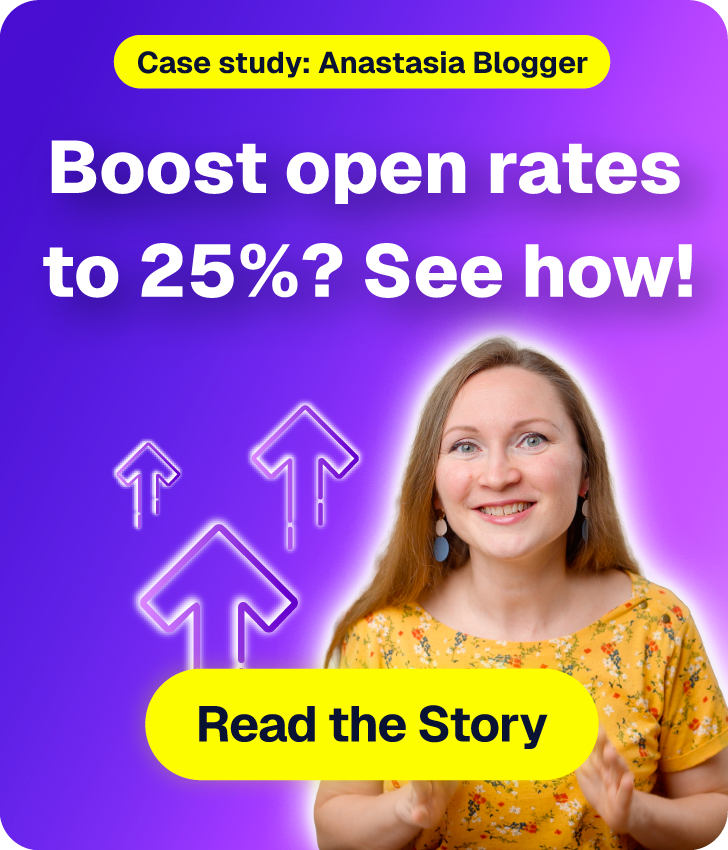
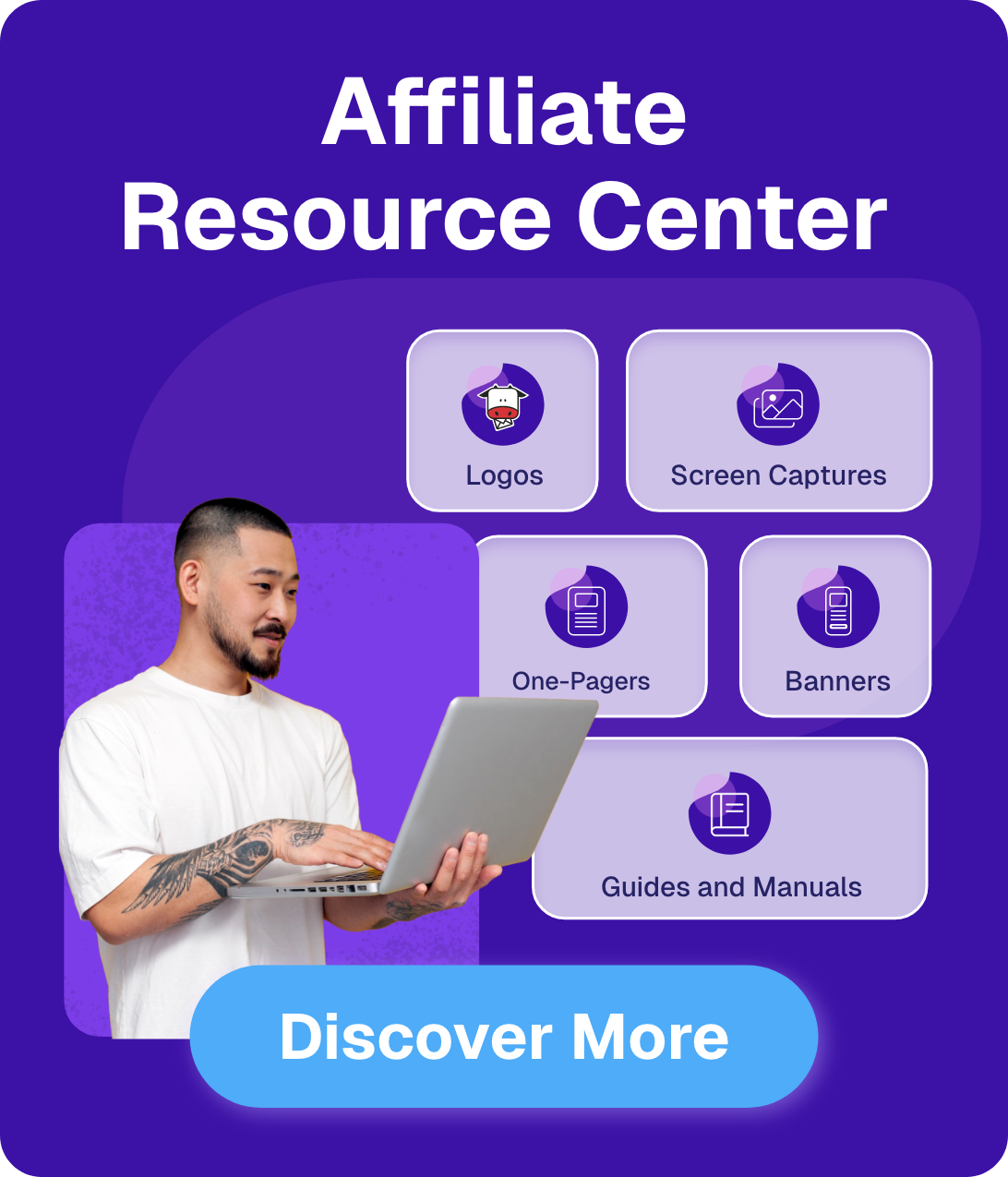

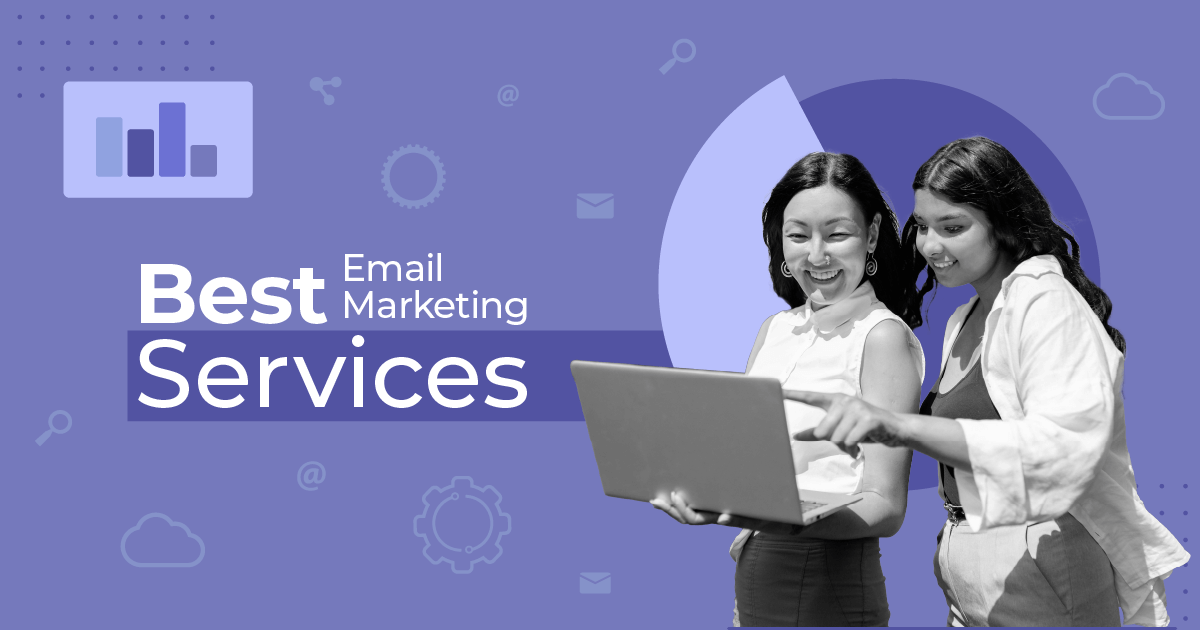
 Published by
Published by
